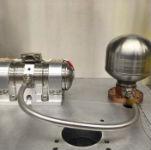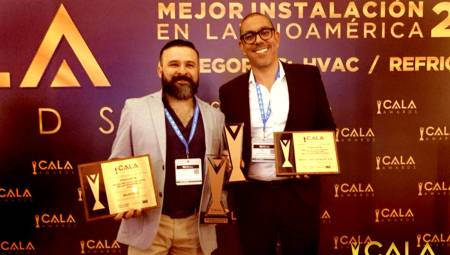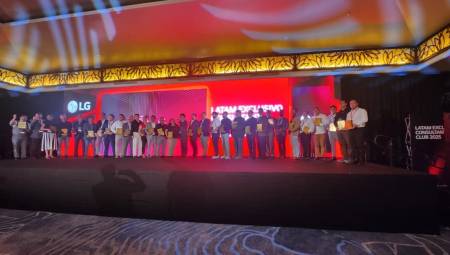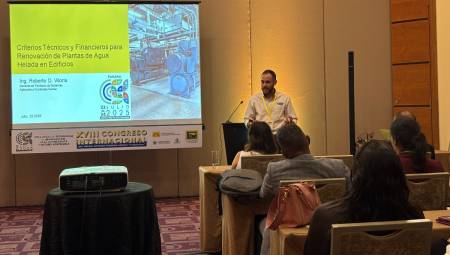 International. A team of Lockheed Martin scientists have produced a cooling system of small satellites, the high-power Microcryocooler, which is lighter and three times more powerful than the company's first design. This design will pave the way for smaller, more compact infrared sensor systems and new sensor configurations.
International. A team of Lockheed Martin scientists have produced a cooling system of small satellites, the high-power Microcryocooler, which is lighter and three times more powerful than the company's first design. This design will pave the way for smaller, more compact infrared sensor systems and new sensor configurations.
Highly sophisticated electronic systems such as satellite sensors and cameras need to be cooled to detect so they are designed to capture, even at temperatures as low as -320 F (-195 C). Small cryogenic cooling systems mean more affordable satellites and launches, and have applications on land. With greater power, this microcryocooler allows for larger and more sensitive IR sensors, which is especially useful for very high-resolution images. Despite its increased capacity, the component's energy efficiency rating is similar to low-power refrigerators.
The new system cools optics and electronics at a price as low as -320 F (-195 C). The Microcryocooler is a highly reliable system designed for continuous operation over a service life of more than 10 years. It offers more than 150 watts per kilogram, a significant advance from the 30-60 watts per kilogram that most cryogenic cooling systems for space use deliver. It also weighs less than a pound, which is less than half the weight of similar cooling systems.














